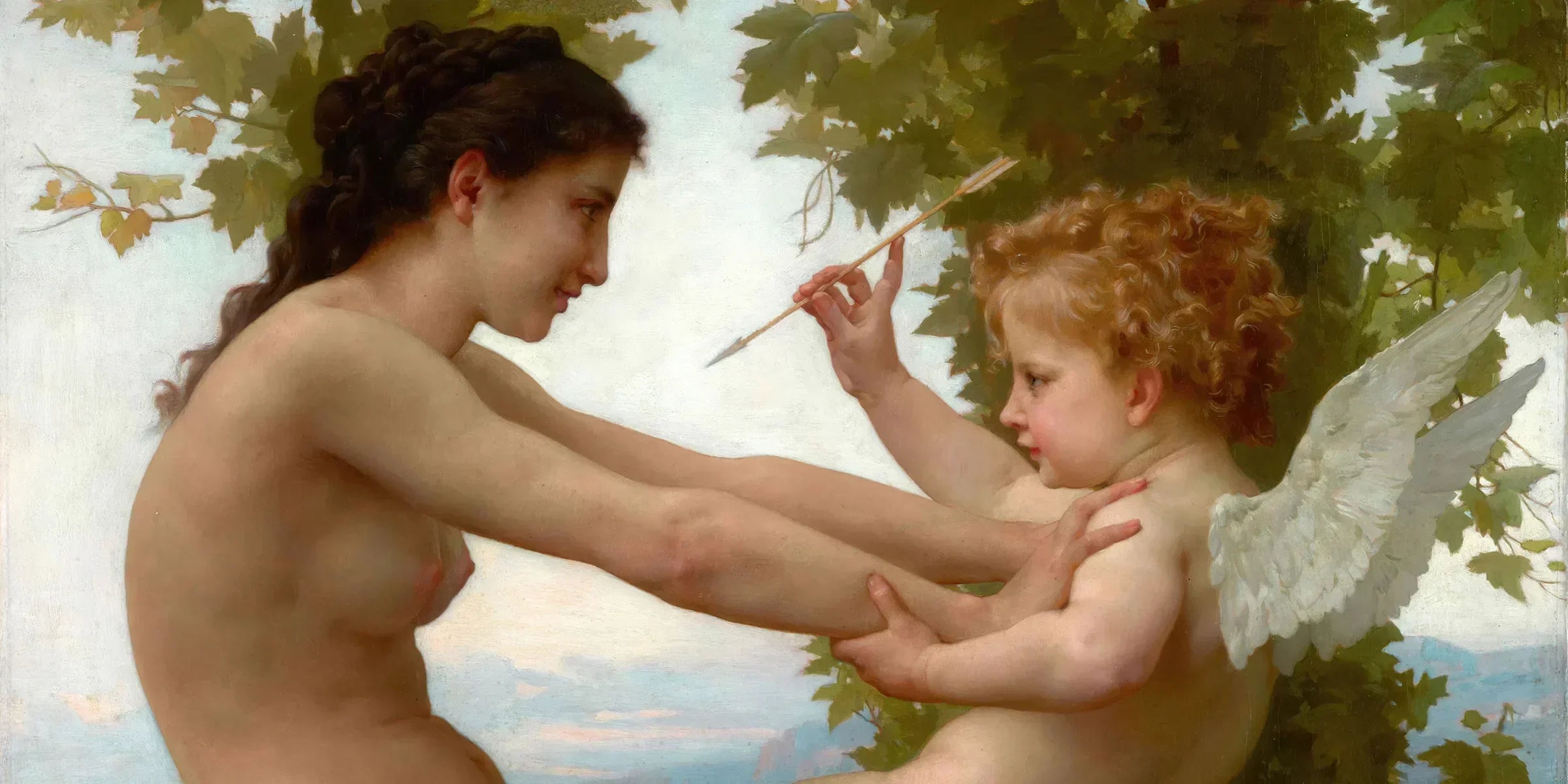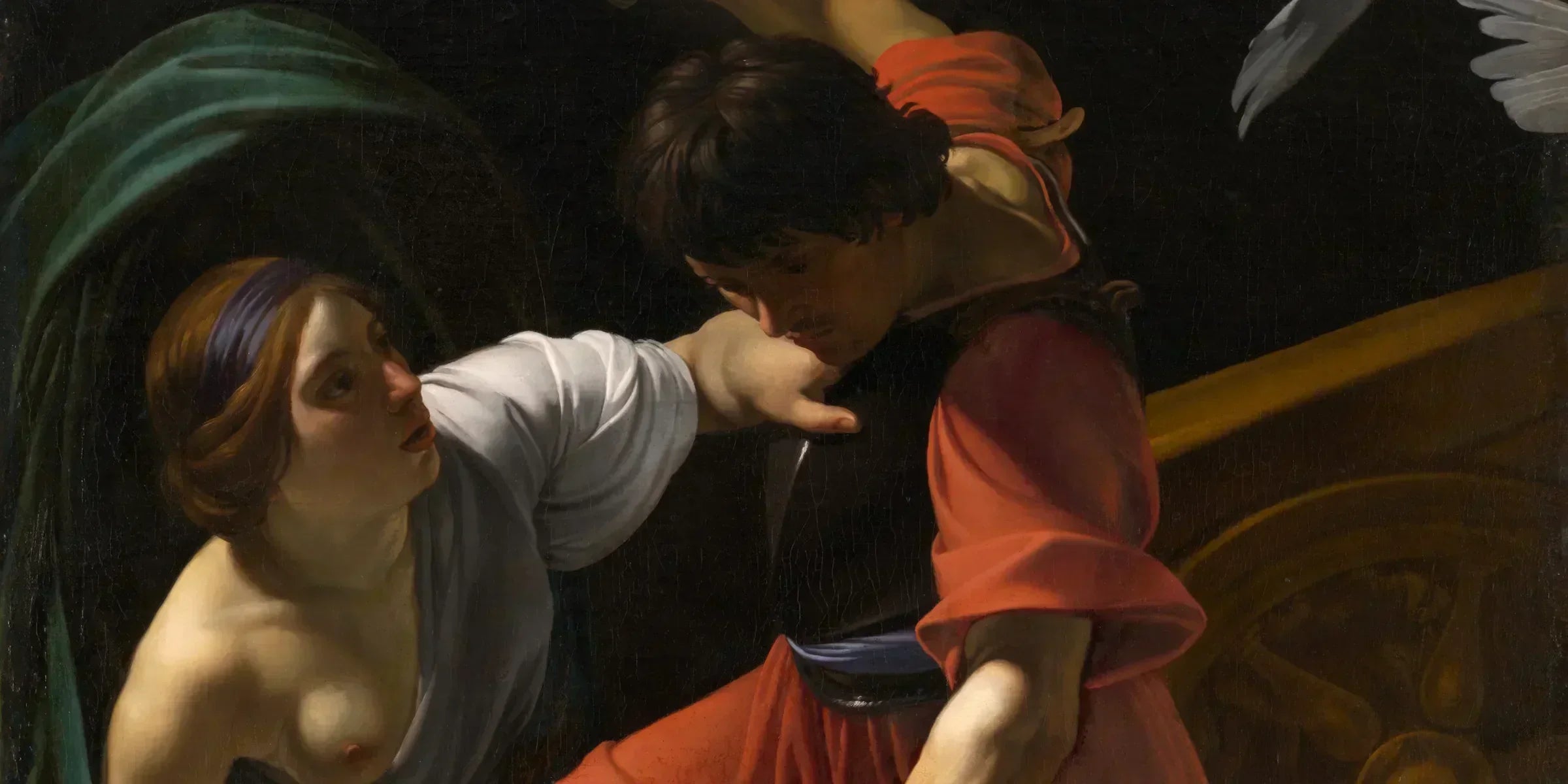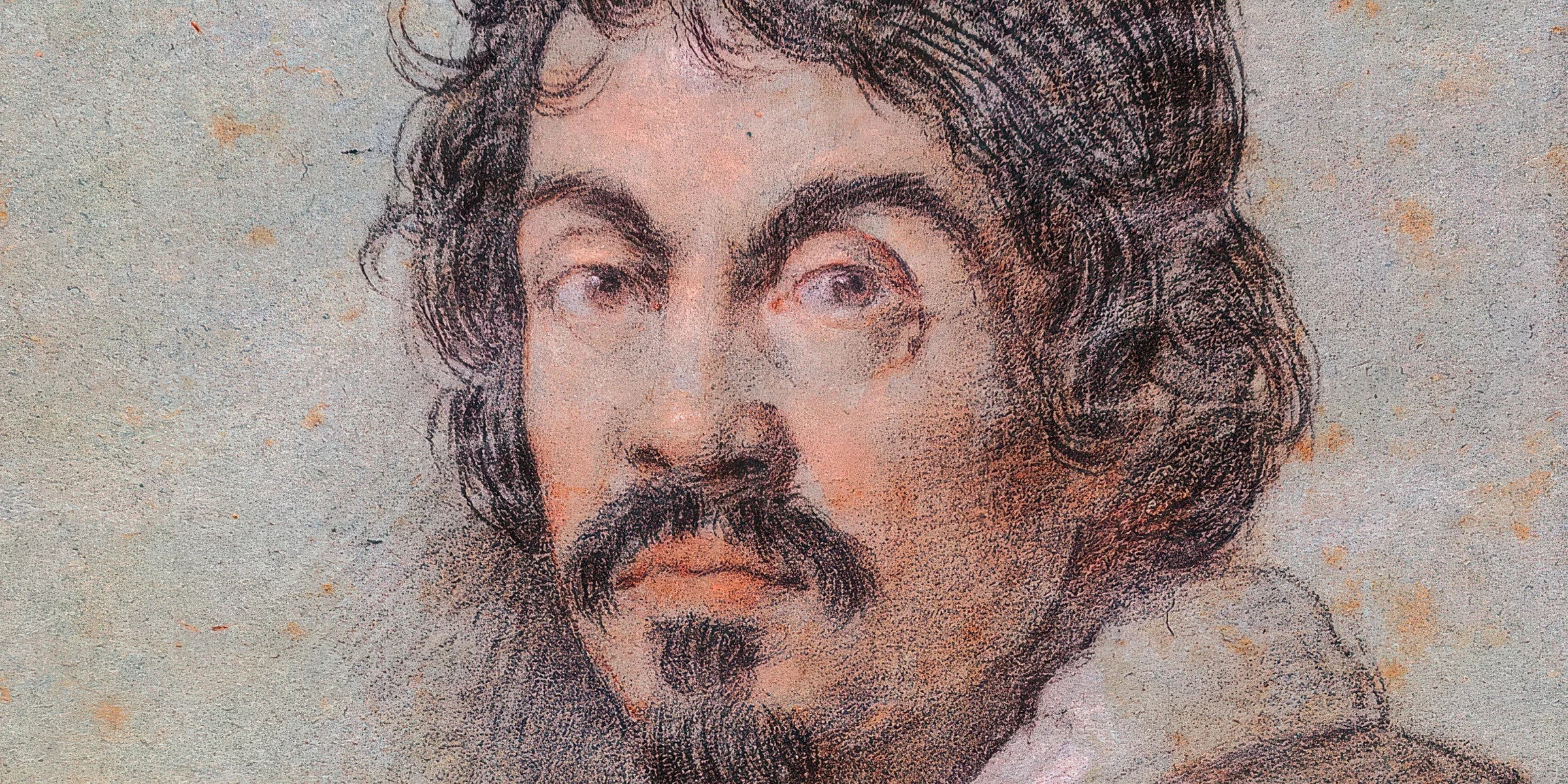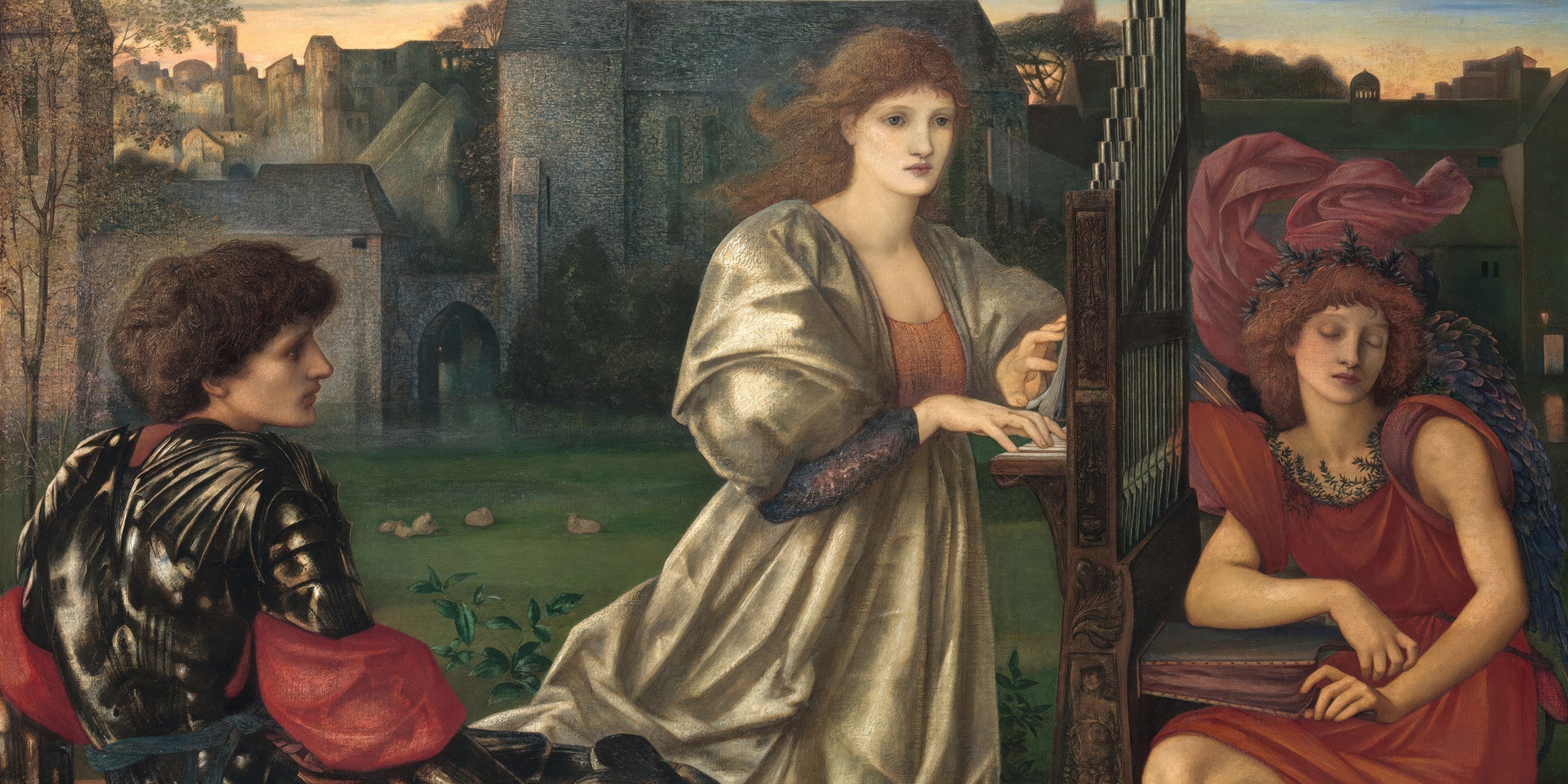Introduction
Abbott Handerson Thayer was an American painter whose works shimmered with an almost divine glow. Best known for his ethereal depictions of angels, delicate portraits, and serene landscapes, Thayer’s art captured a world of purity and transcendence. His fascination with light, form, and nature made him one of the most distinctive painters of his time. And while he dabbled in the science of camouflage, his true legacy remains on the canvas, where his subjects seem to radiate an otherworldly presence.
Background and Context
Born in 1849 in Boston, Thayer trained at the École des Beaux-Arts in Paris, where he absorbed the techniques of the European masters. Upon returning to the United States, he became part of the American Renaissance movement, a period that sought to blend classical ideals with a renewed appreciation for nature. He painted portraits of socialites, poets, and children, but his most memorable works often featured angelic figures, bathed in a celestial glow, symbolizing purity and transcendence.
Thayer’s personal life was marked by tragedy, including the loss of his first wife, which deeply influenced his art. His angels, often modeled after his own children, carried an emotional weight that made them more than just decorative figures—they were personal meditations on loss, hope, and the divine.
 Virgin Enthroned - Smithsonian American Art Museum
Virgin Enthroned - Smithsonian American Art Museum
Technique and Style
Thayer was a master of light and texture. His brushwork was soft yet deliberate, creating a luminous quality that gave his figures an almost supernatural presence. He often used muted tones, letting subtle gradations of white and gold create depth and emotion. His portraits and nature studies exude a quiet reverence, as if the subjects were suspended between the earthly and the spiritual.
 'Angel' - Smithsonian American Art Museum
'Angel' - Smithsonian American Art Museum
alt="">One of his most famous works, Angel (1887), is a prime example of his style. The central figure, a young woman with outstretched wings, is enveloped in a hazy, dreamlike glow. Thayer’s use of diffused light creates a sense of mystery and awe, making the painting feel less like a mere representation and more like a vision.
A Life Devoted to Beauty and Camouflage
Beyond his angelic themes, Thayer had a deep love for nature. He spent much of his later life in Dublin, New Hampshire, where he painted idyllic landscapes, capturing the serene beauty of the natural world. His landscapes, while less famous than his figures, reveal the same sensitivity to light and form, as if nature itself held a divine presence.
But Thayer’s fascination with nature took an unexpected turn—he became obsessed with how animals use color and pattern to blend into their environments. He called this principle “concealing coloration” and argued that it was a fundamental survival mechanism. His studies led him to create detailed illustrations showing birds, deer, and other creatures merging with their surroundings, making him one of the early pioneers of camouflage theory.
 Copperhead Snake on Dead Leaves
Copperhead Snake on Dead Leaves
Though he tried to persuade the U.S. military to adopt his ideas for protective coloration during World War I, his theories were largely dismissed at the time. It turns out that generals weren’t keen on taking war strategy advice from a painter who spent most of his days idealizing angels. Nonetheless, his work laid the foundation for modern camouflage, and his ideas were later embraced in military design. So, in a way, Thayer was not only painting angels but also helping soldiers become invisible—a true master of both revelation and concealment.
Fun Facts and Quirky Details
-
Thayer’s children often served as his models, leading to some of the most tender and personal works of his career.
-
Despite his deeply spiritual themes, Thayer was known for his eccentric behavior—he had a tendency to live like a hermit and dress in tattered clothes, embodying the archetype of the eccentric artist.
-
His belief in the moral power of art led him to reject the commercial aspects of painting, often refusing commissions if he felt they lacked artistic integrity.
Conclusion
Abbott Handerson Thayer was more than just a painter; he was a visionary who sought to capture the ineffable beauty of light and spirit. His works continue to inspire, reminding us that art can elevate the soul and bring a touch of the divine into our daily lives. If you'd like to bring Thayer’s luminous vision into your home, be sure to explore our collection of Thayer's masterpieces—just be prepared for an atmosphere of pure serenity.







